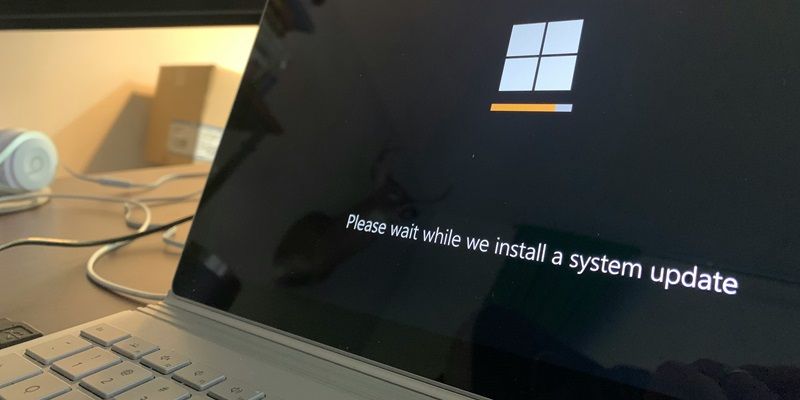In an unexpected turn of events, Microsoft has breathed new life into Windows 10 by reopening its beta testing channel. This move has taken many by surprise, considering the operating system is nearing its final stretch with an end-of-service date slated for October 14, 2025. Nevertheless, Microsoft is charting an unusual course by preparing to roll out a fresh beta build for Windows 10 version 22##, the first of its kind in three years. It’s a strategic pivot intended to extract additional value for steadfast Windows 10 users, with a renewed focus on feature development and enhancements despite the looming sunset of the platform.
This beta revival is not to be mistaken for a stay of execution regarding Windows 10’s support timeline, but rather as a bridge for the Windows Insider community to play a decisive role in fine-tuning the OS in its twilight years. Insiders enamored with Windows 10 have a clear path to join this new chapter: navigating through “Settings > Update & Security > Windows Insider Program” and stepping into the Beta Channel, an option that notably excludes the risk of being swept into an automatic upgrade to Windows 11. It’s worth noting, though, that crossing over to the Canary or Dev Channels will usher users into the realm of Windows 11 builds and may restrict their ability to revert to their beloved Windows 10.
Surprising Strategy for Windows 10
The reactivation of the beta channel signifies more than just a lifeline for Windows 10; it’s a testament to Microsoft’s agility in software strategy. By encouraging users to opt into the Beta Channel, the company underscores a critical point: the upgrade to Windows 11 remains elective, not mandatory. Importantly, the features under the microscope within this beta sandbox may not all make it to the public stage. Microsoft is in full experimentation mode, evaluating various enhancements while leaning heavily on the feedback of its users to guide the final selection of features.
The rollout of the new beta build is shrouded in mystery, with no definitive date announced. Yet, there’s a palpable sense of anticipation for its debut in the coming weeks. This strategic move is harmonious with Microsoft’s larger effort to augment the user experience, a continuous quest that is now opening up to include the voices of the Windows community. This interactive approach allows the company to stay aligned with user expectations and needs, providing a window into potential future enhancements while solidifying the foundation of the current Windows 10 experience.
Engagement and Progress
In a surprising twist, Microsoft has revived the beta testing for Windows 10, despite the system nearing its end-of-life on October 14, 2025. Yet, rather than signaling an extension of Windows 10’s lifespan, this move opens up a pathway for the Insider community to influence the final iterations of the OS. Windows 10 enthusiasts looking to take part in this phase need only navigate to “Settings > Update & Security > Windows Insider Program” and join the Beta Channel, thus avoiding an automatic move to Windows 11. However, those entering the Canary or Dev Channels should be aware they will be opting into Windows 11 builds, which may prevent them from going back to Windows 10.

